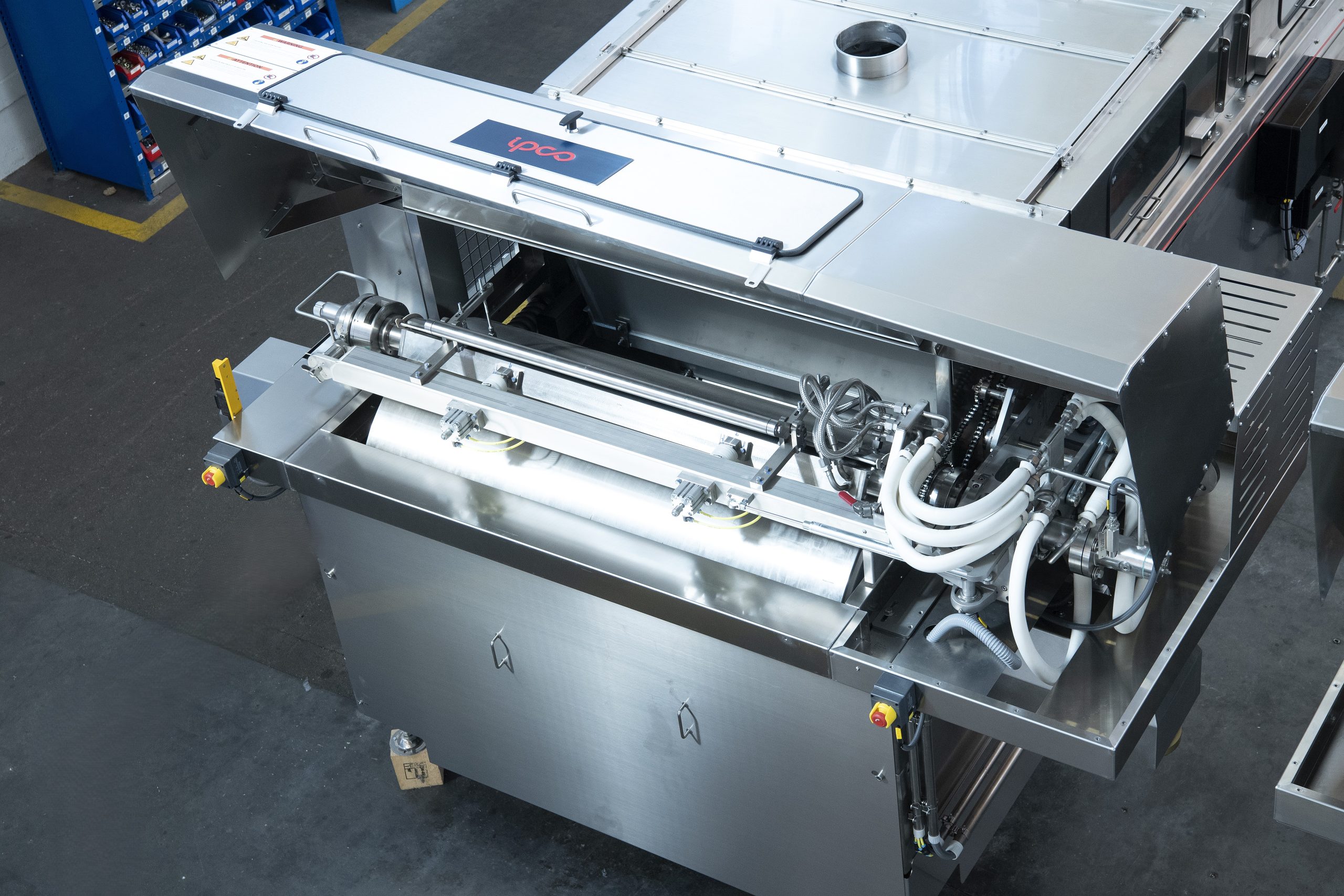Fertilizer International 519 Mar-Apr 2024

31 March 2024
Phospholutions – delivering efficiency, creating value
COMPANY PROFILE
Phospholutions – delivering efficiency, creating value
Phospholutions, Inc., a sustainable fertilizer company headquartered in the United States, recently launched its flagship technology, RhizoSorb ® , to improve phosphorus fertilizer efficiency.

RhizoSorb is a patented and proprietary fertilizer additive. The core technology originated from The Pennsylvania State University and was discovered by Hunter Swisher, an undergraduate majoring in plant sciences.
In 2016, Swisher established Phospholutions to commercialise this technology. Recently recognised as a Forbes 30 under 30 awardee in social impact, Swisher continues to spearhead and lead the company – which has raised nearly $30 million in venture capital since its inception.
Doubling efficiency
RhizoSorb is embedded directly into fertilizer granules during conventional upstream production. The product, backed by data from more than 500 replicated small plots and field trials, has been proven to double phosphate efficiency, allowing farmers to reduce application rates and achieve the same yield.
Phospholutions has attracted financial backing from leading investors and global agricultural companies, including Keytrade Ag, Continental Grain Company, Tekfen
Ventures, Bunge, UPL, and The Andersons. It was recently announced that industry veteran Bert Frost, currently EVP of Sales, Market Development, and Supply Chain for CF Industries, will join as the company’s Board Chair.
Phospholutions was the first agricultural start-up to become a member of the International Fertilizer Association (IFA) and most recently won the IFA/ UM6P African AgTech Start-up Challenge (see main photo).
Sharing value
Phospholutions business model involves partnering with phosphate manufacturers to produce and co-market RhizoSorbbased fertilizers.
RhizoSorb 8-39-0, a formulation derived from monoammonium phosphate (MAP), was recently launched in the North American market (via two-step distribution) as a lower-cost replacement for conventional phosphate fertilizers in row crops. The product delivers more value per unit of applied phosphorus to farmers, saving 15 percent per acre on average, while achieving the same or greater yield.

Phospholutions is also expanding internationally in Europe, Central, and South American markets.
RhizoSorb’s active ingredient is a mined and processed material that is incorporated as a powder directly into phosphoric acid granulation. This reduces production costs per tonne by decreasing phosphoric acid and ammonia use while increasing production throughput. The technology has the potential to significantly extend mine life and generate more value per unit of phosphorus.
RhizoSorb is currently the only technology on the market that allows phosphate producers to share in the value created by better efficiency – offering phosphate producers the opportunity to make more margin per P 2 O 5 tonne. RhizoSorb 8-39-0, being sold at a premium and when applied across 35 percent more acres per tonne, should allow producers to gain more market share without increasing rock consumption.
Supplying phosphorus as needed
Conventional chemical fertilizers are highly soluble and nutrient release does not necessarily align with plant needs. Consequently, as little as 10 percent of applied phosphates are available to the crop in the year of application.
Phosphate is soluble in the soil and is highly reactive, fixing to soil particles, organic matter, and metal ions such as calcium, iron, and aluminum. Once fixed in the soil, phosphate can take years to decades to release – and can even be locked up indefinitely, never to be available for plant uptake.
Current on-farm management strategies can result in phosphorus overapplication to compensate for this inefficiency and to ensure yields are not compromised by poor availability to the crop. Some growers also excessively overapply phosphate in low P soils to ensure they build soil phosphorus over time. This overapplication, due to run-off and nutrient leaching, contributes to devastating impacts on aquatic ecosystems.
The technology behind RhizoSorb works by pre-loading phosphorus onto the surface of RhizoSorb during phosphoric acid granulation. It represents a new and novel approach to controlling the release of nutrients.
Phosphorus adsorbed onto RhizoSorb during production is later released into the soil solution based on a chemical concentration gradient. This allows the crop to remove plant-available phosphorus as it is needed. As phosphorus within the soil solution is depleted, RhizoSorb releases more P to replenish what is removed. Its unique release behaviour can significantly reduce the amount of applied phosphorus that is tied up, making more phosphorus available for plant uptake throughout the entire growing season.
Sustainable phosphorus use
RhizoSorb technology could be a breakthrough in promoting more sustainable phosphorus use in future. Phospholutions has released a third-party life cycle analysis showing RhizoSorb 8-39-0 reduces carbon emissions per acre by more than 45 percent compared to MAP. Additionally, a study funded by the fertilizer industry at the New Zealand Plant and Food Research Center showed RhizoSorb 8-39-0 reduces run-off potential by up to 78 percent versus MAP.
Coming to market with RhizoSorb technology, Phospholutions offers fertilizer producers and growers the ability to capture additional value by decreasing environmental impacts and making conventional fertilizers more sustainable without requiring large capital expenditures.






